Josephine Neuse is credited with saying that contrary to those who say that gardening begins in spring, “gardening begins in January with a dream.” While I appreciate the sentiment—and often dream of spring in the cold, dark days of winter—I would argue that for many aspects of gardening, the adventure begins in autumn. With mild temperatures, blue skies, and that crisp fall morning air, this “second spring” is the perfect time to plant and prepare your yard and garden for spring. Here are a few tips to make the most of fall in the garden.
First, October is the perfect time to begin your annual lawn care routine. Yes, winter is coming and your lawn might not grow much between November and February, but if you didn’t water in summer, your grass is just now starting to wake up from summer dormancy—and it needs your attention! Start your mid-fall lawn care routine with a heavy dose of fast-acting lime.
Here in the Pacific Northwest, moss is a near-constant companion, and left untreated, moss can take over a once-lush yard, smothering out your grass. To prevent moss growth over winter, a dose of lime provides the calcium needed to keep soil pH in balance. Not all lime is created equal, though, so be sure to use a fast-acting lime like Espoma Lightning Lime, which dissolves quickly once watered (or rained) in and raises soil pH in a matter of weeks, rather than the six to eight months that traditional dolomite lime can take. Probably the most underrated annual lawn care step, twice-yearly lime application is hugely important to having a healthy lawn, so be sure to pick up a bag or two of Lightning Lime at Vander Giessen’s this fall to keep your soil pH in balance.
After treating your lawn with lime, feed your lawn with a winterizing fertilizer like Scotts Turf Builder Winterguard or Bonide Duraturf Winterizer, which are both designed for use in mid to late autumn when growth begins to slow. Waiting until later is of particular benefit in helping your turf to build strong roots over winter and store extra nutrients for a quick green-up in spring.
Next, October is the perfect time to plant bulbs for early spring color. As the early heralds of spring, blooming crocuses and daffodils are the perfect way to battle the gloomy weather of February and March, but if you want to enjoy bulbs in spring you need to plant in fall.
Thankfully, bulbs are one of the easiest plants to grow in the ground—no watering is required and you only need to feed them once with bone meal or bulb food at the time of planting. Really, it’s that easy, so stop in at Vander Giessen’s and pick up a few packs to plant on a sunny afternoon this month.
In addition to crocuses and daffodils, other spring bloomers like tulips, hyacinths, and snowdrops should also be planted between now and Thanksgiving so they can benefit from cold, wet winter conditions and get established before spring. And if you have battled voles eating your bulbs over winter, now is the time to apply Bonide Molemax, either to the ground where you already have bulbs planted or in the hole with each bulb you plant. Made from castor beans, Molemax works very well to discourage voles from eating your bulbs over winter, allowing you to enjoy your flowers in their fullness next spring.
Finally, October is a great month for planting just about any shrubs, trees, or perennials around your yard. Unlike spring planting, fall planting comes with the benefit of free watering once the fall rains arrive, and your plants will enjoy the long winter months spent getting their roots established without the stress of having to produce foliage, blooms, and new growth above ground. Add to those benefits the sale prices you’ll find at many local nurseries and the question isn’t “why plant in fall?” but rather “why wouldn’t you plant in fall?”
With summer just a memory, fall offers a new beginning in the garden, one that can be enjoyed at a slower pace than the frenetic pace of spring. As you make the most of this season, enjoy the freshness that autumn has to offer and have some fun in the garden. And remember, the best spring gardens start not in January but in autumn.


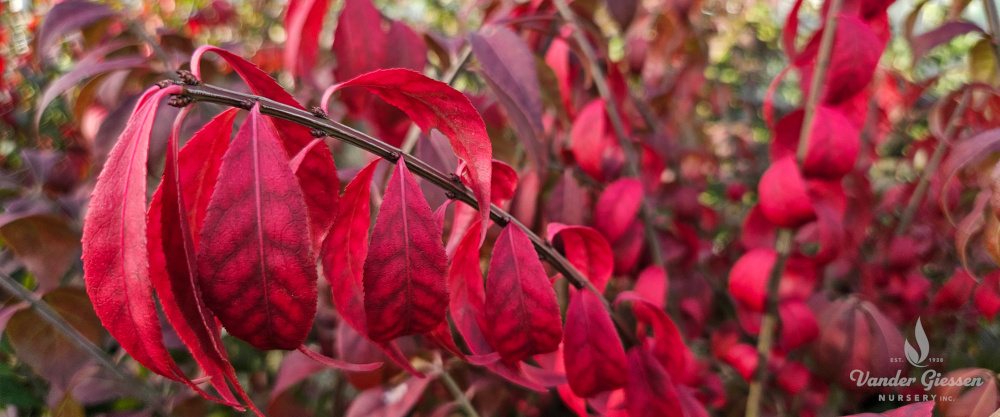
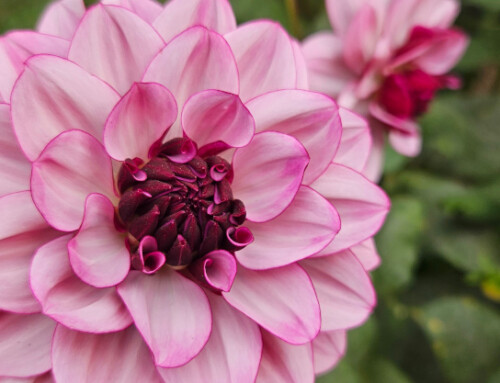
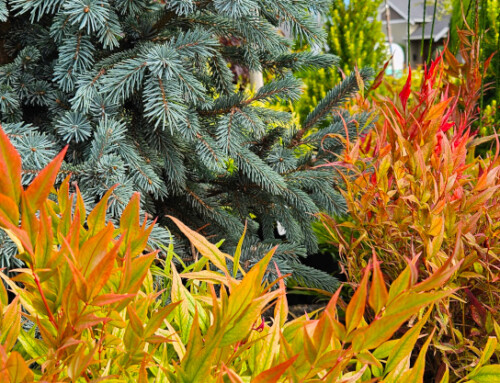
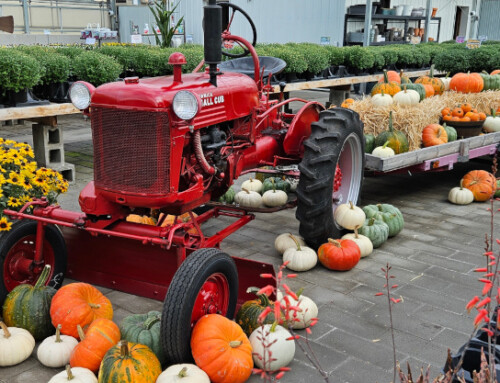
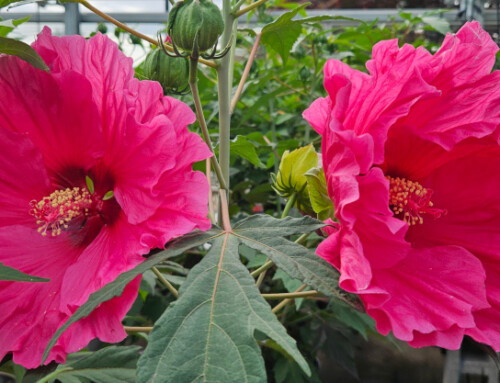
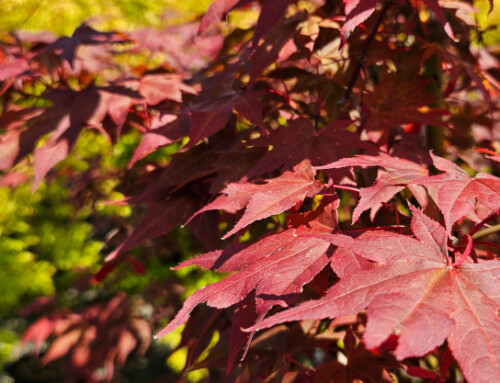
Leave A Comment